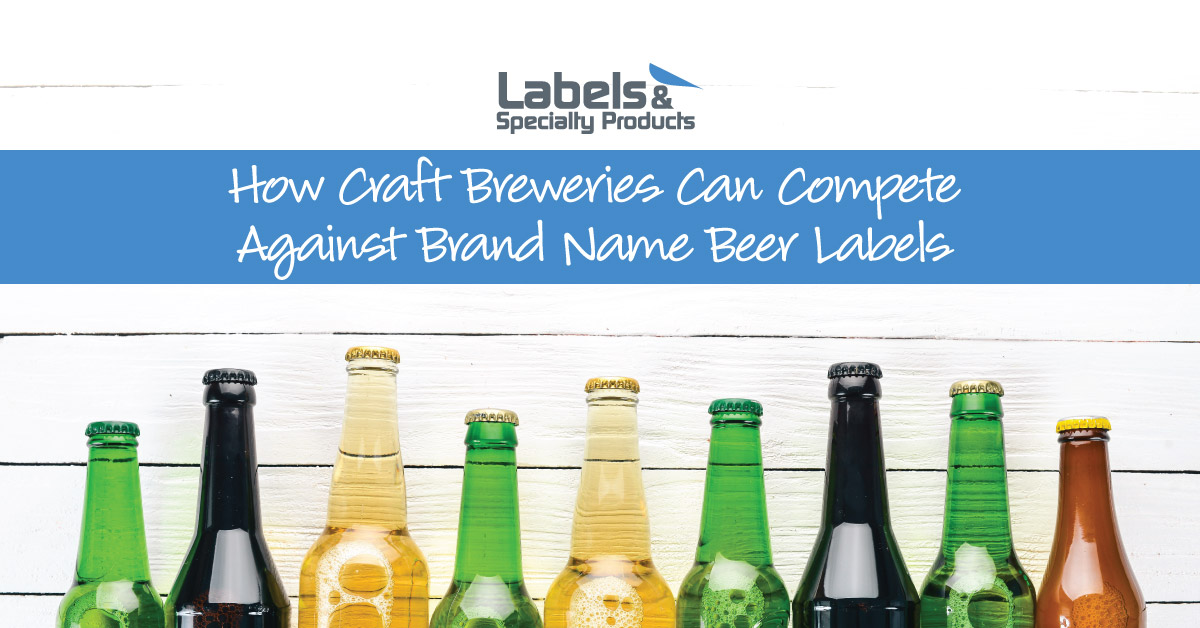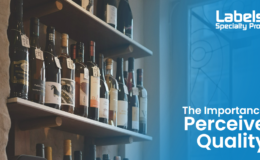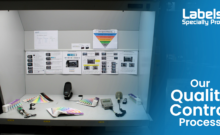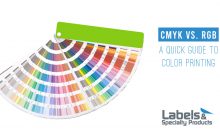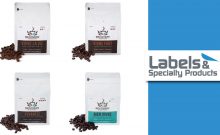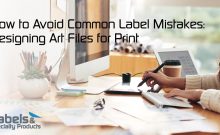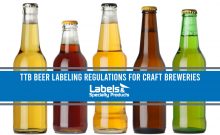How Craft Breweries Can Compete Against Brand Name Beer Labels
We know you’re thinking it. Independent craft beer is better than “Big Beer” brands, especially your craft beer. But you’re up against millions in brand advertising budgets to grab consumers’ attention. So how can your smaller to medium-sized microbrewery or brewpub match brand name marketing so customers recognize your packaging? Here are a few ideas to create memorable beer labels.
Promote Your Brew Brand Personality
In Food & Wine, Goose Island’s Marketing VP summed up the state of craft beer labels like this: “A lot of what originally drew drinkers into craft beer was packaging that screamed personality.” Now with nearly 7,000 breweries across the country, there’s a lot of personalities screaming at once.
Simplify your brand and find your target consumer by asking the following questions:
- What are you selling and why should people choose your beer over others?
- What are their tastes and preferences (e.g. craft connoisseurs or fun-loving young people)?
- How and where are they buying your beer?
The Craft Beer Branding Guide from CODO Design recommends pinpointing three to five personality traits to define your brewery. While knowing your brand personality is one thing, the next step is to transform that into a brand identity. In other words, you need to take that experimental and fruity sour beer perfect for a party on the beach and figure out how to communicate that on your label.
Customize Your Beer Labels
With the right printing techniques, it’s possible to maintain a consistent theme among all the different beers you offer while also using the label to connect with specific audiences. Here are some ideas to get your label noticed:
- Color-Code SKUs – If you offer a variety of beers – IPAs, pale ales, lagers – one option is to color-code based on beer type. This offers visual consistency across your inventory while giving customers a quick way to identify their favorite choice.
- Personalization – If regional pride in your brewery’s home state or city best reaches your audience, you can use locally-inspired artwork or geographic imagery to connect with consumers. Variable printing enables you to customize just about anything on your label – different text, vintage designs, and unique color patterns.
- Collectables – Big brands run campaigns for limited edition labels that comprise a set. For example, 50 states and 50 labels may sound extreme, but digital printing can make it possible to print short runs that entice consumers to try more of what you offer.
Research Your Market
beverage shop. That means that bottle labeling alone determines most purchasing decisions. Researching your competitors is the only way to ensure that your bottle label is different from the others on the shelf.
Thankfully you don’t need an expensive market research company to get some important insights. Just go to your local shop with a camera and notepad in hand to observe the following on the shelf:
- Do they use cans or bottles?
- Which colors do they use?
- Which images or text do you see?
- How do they display logos, beer name, and compliance details?
- Do brands use embellished label techniques like embossing, foil stamping, metallic effects or die cutting?
Design Your Beer Label to Stand Out
Artistic design is best at communicating personality at a glance. And now is the time to use your basic competitor research to choose which elements need to be different. Design legend Milton Glaser often commented that the goal of effective design is authenticity rather than a mass-produced aesthetic. Here are some elements to consider:
Color
Science has shown that each color sparks a unique emotion. It’s one of the most useful tools for marketers and designers to communicate emotion after they taste your beer. Think first about the color of your bottle and then the color of your beer before choosing label color.
Shape and Size
Traditional wrap-around labels may be more budget-friendly, but custom die-cut labels that play with shape and size are more unique. You may even consider an additional label for the bottle neck, front, and back. Depending on your bottle size – 12 oz. standard, 20 oz. bomber, or custom-shaped container – your label may need a different look entirely.
Typography
Readability is one of the most important aspects of font selection, but chances are you already have a logo. For the sake of consistency, most label designers will stick to the one or two fonts found in your logo.
Style and Imagery
Which images you choose entirely depends on your market. Have younger customers and experimental fruity flavors? You’ll want a label that’s outlandish or even trippy. However, if technicolor citrus fruits seem overdone, do something different that still points to summer parties on the beach.
Material Finishes
Most beer labels are printed on coated paper (to endure the condensation), but some craft brewers choose matte paper for a flatter finish.
Embellishments
Metallic foil stamping can add elegance. Embossing can add texture and dimension. Embellished labels are almost always associated with more premium products and can enhance your brand image.
Choose a Label Printing Company to Design the Next Great Craft Beer Label
You need a label printing company that not only knows the difference between multiple adhesives and face stocks, but also the difference between your ales and your lagers. At Labels & Specialty Products, we have the knowledge and experience to make your design stand out on the shelf.
With guidance, options, and unmatched quality, we ensure that your final labels reflect the personality of your brew brand. Contact us today to discuss your next beer label printing project.

